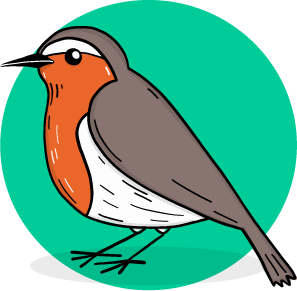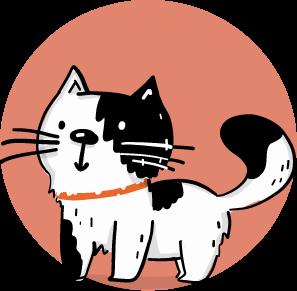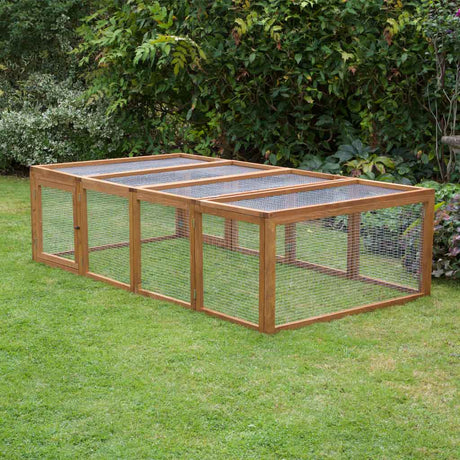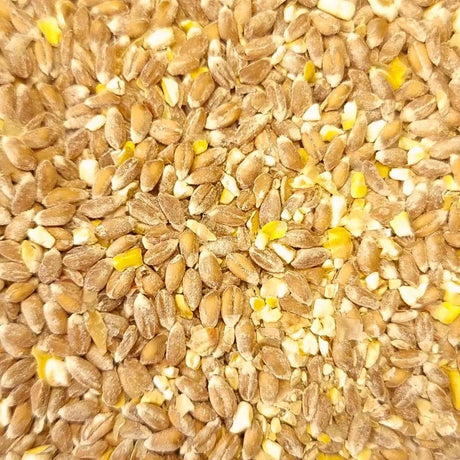 Wild rabbits generally moult twice a year, once in the spring and once in autumn. Many domestic rabbits continue to moult all year round, especially those who live indoors or spend time inside the family home. Helping your rabbit shed is a good idea as moulting can cause hair balls and GI Stasis. It’s also a good way of examining the health of your rabbit and looking for parasites such as fur mites.
Wild rabbits generally moult twice a year, once in the spring and once in autumn. Many domestic rabbits continue to moult all year round, especially those who live indoors or spend time inside the family home. Helping your rabbit shed is a good idea as moulting can cause hair balls and GI Stasis. It’s also a good way of examining the health of your rabbit and looking for parasites such as fur mites.Grooming is one of the ways you can help your rabbit with moulting and ensure they remain healthy and happy.
- There are different combs and brushes you can use including a wide tooth comb, blunt ended metal prong brushes and a soft bristle brush. You will probably find your rabbit soon picks a favourite brush and you’ll find one that helps you to remove the shedding fur and prevent matting.
- Use the comb or brush to gently tease out the hair, ensuring the brush goes down to the skin. Removing the top coat isn’t enough; rabbits have an undercoat that will be moulting at the same time. If you don’t help to remove the shedding undercoat your rabbit could end up with matts within the fur.
- Remember that rabbit skin is very delicate and therefore it can be damaged very easily. If you find a stubborn matt in the hair we recommend that you take your rabbit to see the vet to have the matted hair clipped out if you’re not confident in doing this yourself.
- Rabbits always need plenty of hay or grass and fresh water but the need increases during periods of moulting. The hay and the water help your rabbit’s body to cope with the ingestion of fur, a problem that cannot be avoided. If you notice that your rabbit has very dry droppings or begins to show signs of illness you’ll need to take him/her to the vet as they may be suffering with GI Stasis. It is not unusual to see hair in the droppings; this is a good sign that the digestive system is working properly.








